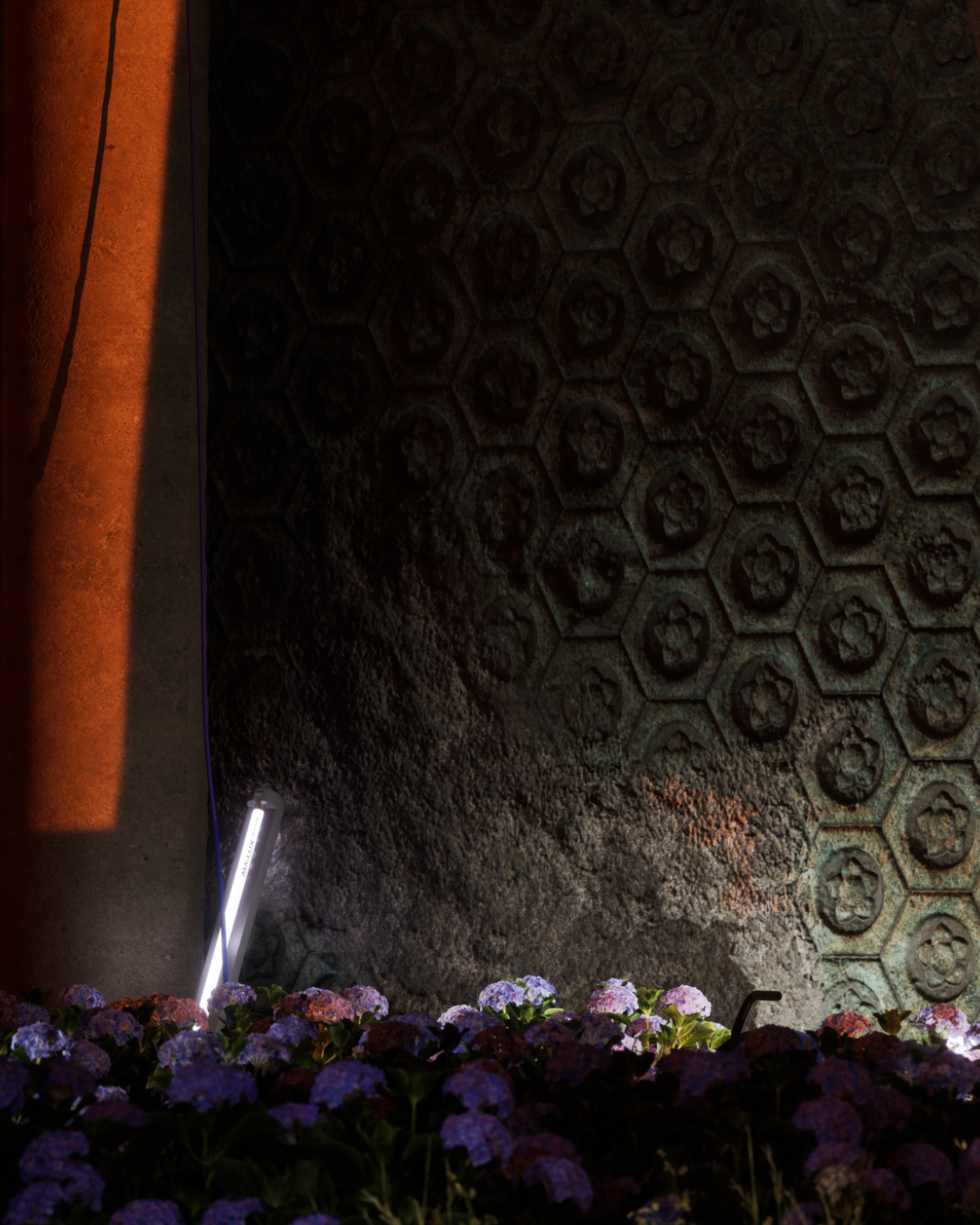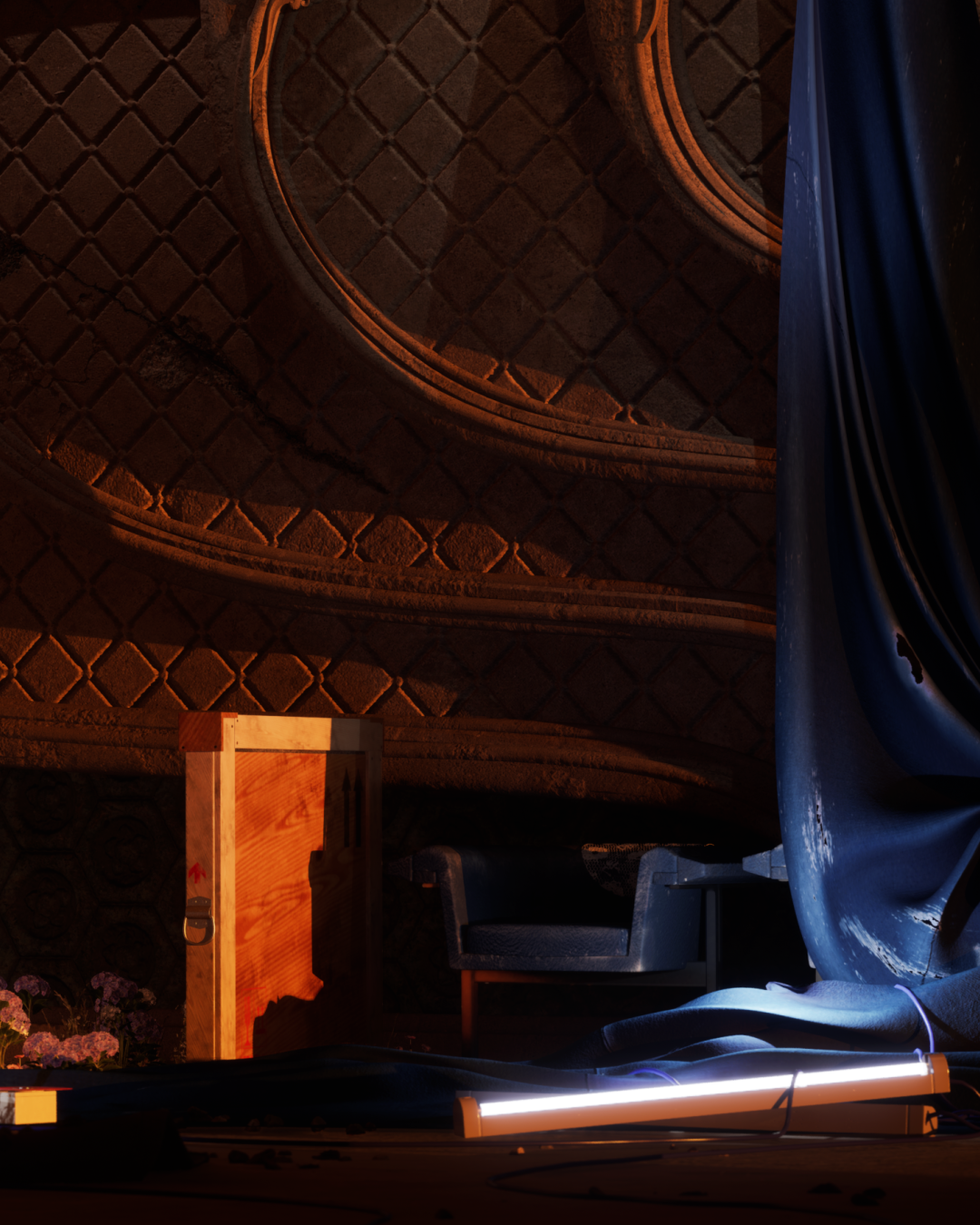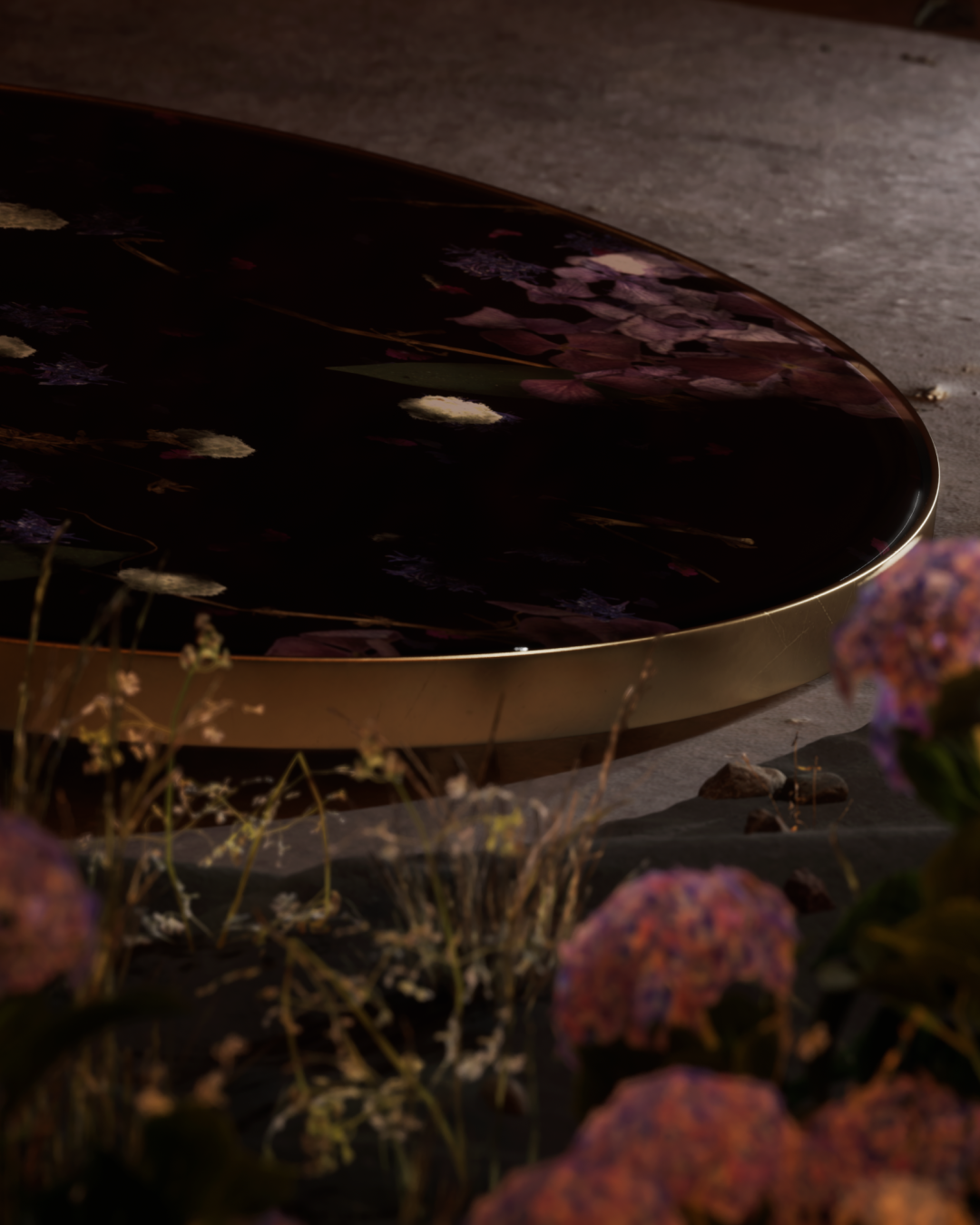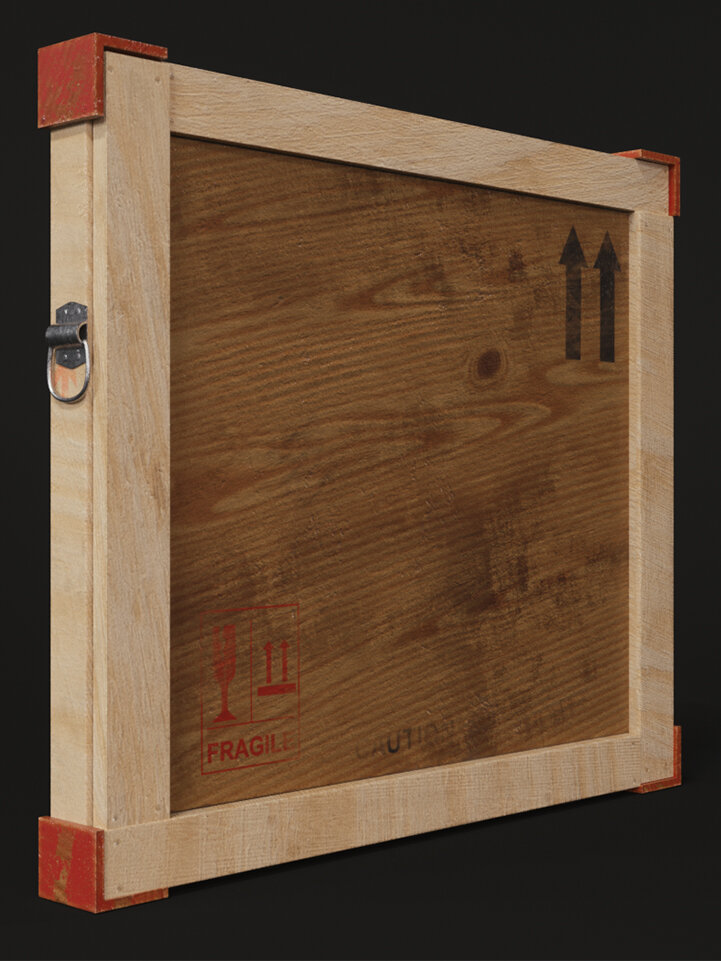
SUNNY KOREAN OPERA
A self-directed learning exercise in UE5 that builds on an earlier work produced in C4D and substance painter. The project was a way to familiarise myself with Unreal 5 (UE5) and its workflows. Like a lot of people I was seduced by the range of new features UE5 offered, in particular, nanite and the real-time GI solution offered by Lumen. What I hadn't expected, was that the learning curve would be quite as steep as it was in UE5, and how significant a feature the in engine movie editor would be on my workflow. The result was more time spent learning the software than intended, particularly the material system. But ultimately I’m genuinely excited for the styles of production Unreal facilitates.
Research
At the start of this project, I decided to adapt an earlier piece, hoping to save time. I wanted to avoid modelling and texturing a new set of assets, so I could focus on familiarising myself with Unreal and its workflows. But, the quality of the textures I produced in my previous project wasn't a high enough standard. In part because of my own inexperience at the time of producing them. So I made the decision to do a repass on the textures, using a combination of Substance and Mixer. In the end, I think I spent longer on the materials than if I had built them from scratch, but it provided a perfect opportunity to try and learn the material system in UE5 correctly.
Development
Learning the material system in UE5 proved challenging, as I have become reliant on the quick, iterative nature of node-based materials, in render engines like Octane and Redshift. The prospect of returning to per item texture sets was not appealing. A large part of my time on the project was spent learning the UE5 material system and trying to replicate the workflow I'm familiar with in Cinema4D. I wasn't successful in this aim, but I have gotten a better working knowledge of the material system and an appreciation for more procedural approaches to materials and material instances in UE5.
Refinement
There were many aspects of using UE5 that I found exciting from a workflow point of view, for example, the new set of modelling tools within UE5. These were one of the most significant advancements over earlier iterations of the engine I had tried. As it meant more time in engine blocking out and refining composition and less time in other packages. However, the two most significant features of using UE5 on this project were Lumen and the image sequencer. Having access to real-time GI and an in-engine editor, meant for incredibly quick iterations. But more significantly, it felt so natural as a way of working. It was akin to moving from CPU rendering to GPU rendering for the first time. Overall, this project was an incredibly interesting learning exercise, but it has only highlighted how much more of the engine there is to learn.







